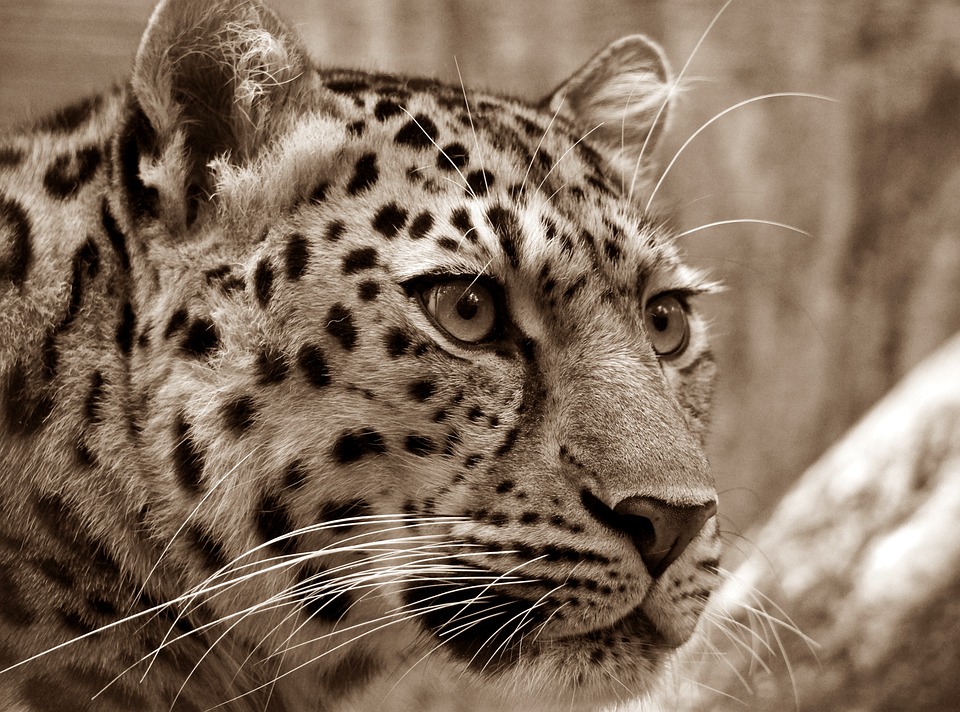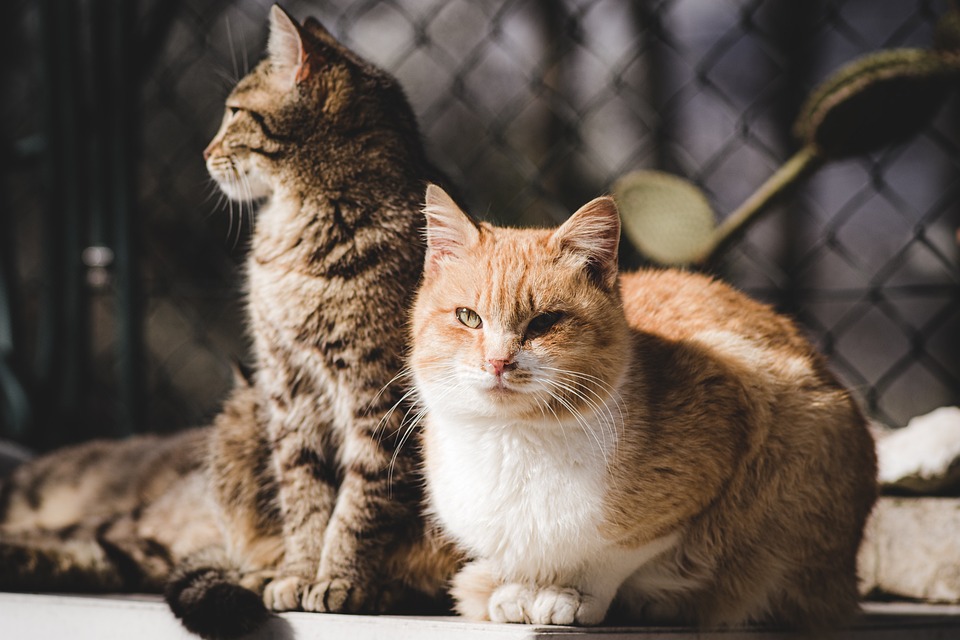Nairobi National Park: A Unique Oasis in the Heart of the City
Nairobi National Park, located in the bustling capital city of Kenya, is a rare gem that offers a glimpse into the country’s rich wildlife heritage. Rhinos, lions, buffalo, and leopards roam freely against the backdrop of a city skyline, creating a unique juxtaposition of urban development and natural beauty.
The park, Africa’s only game reserve within a capital city, has been fenced in on three sides as the city expanded around it. However, the southern boundary remains unfenced, allowing animals to move freely in and out of the park. The banks of the Mochiriri River, located outside the park’s boundary, serve as a refuge for breeding lions and a pathway for animals to access larger parks beyond.
Recently, the Kenya Wildlife Service (KWS) proposed a 10-year plan to fence off land along the southern boundary to reduce conflicts between people and animals. This proposal has sparked controversy among conservationists, with many arguing that fencing the park would disrupt the natural migration patterns of wildlife and lead to inbreeding among species.
Reinhard Nyandire, a conservationist working with the Friends of Nairobi National Park, expressed concerns about the impact of fencing on the park’s ecosystem. He emphasized the importance of maintaining open pastures for animals to roam freely and access migration corridors leading to larger parks.
Commercial developments encroaching on the park’s land, such as a six-kilometer railway bridge built in 2018, have further threatened the park’s biodiversity. Sewage from nearby settlements also poses a risk to the river ecosystem, impacting the wildlife that relies on it for survival.
While fencing may seem like a quick fix to reduce human-animal conflicts, a 2016 KWS report highlighted the negative consequences of such a measure. Shrinking ranges for animals could lead to increased competition among species, hinder migration patterns, and result in inbreeding issues.
Alternative conservation initiatives, such as installing free motion-sensor lights to deter lions, have already proven effective in reducing conflicts between humans and wildlife. Nkamunu Patita, co-ordinator for the Naretunoi conservancy bordering the park, emphasized the importance of maintaining open lands for both wildlife and Maasai herders.
The coexistence of zebras, giraffes, ostriches, wildebeests, and Maasai cows in the Naretunoi conservancy exemplifies the harmonious relationship between traditional herding practices and wildlife conservation. Patita highlighted the benefits of allowing animals to move freely across vast swathes of land, promoting biodiversity and preserving the natural heritage of the region.
As the debate over the future of Nairobi National Park continues, it is essential to consider the long-term implications of fencing on the park’s ecosystem. Balancing the needs of wildlife conservation, urban development, and local communities is crucial to ensuring the sustainability of this unique oasis in the heart of the city.





